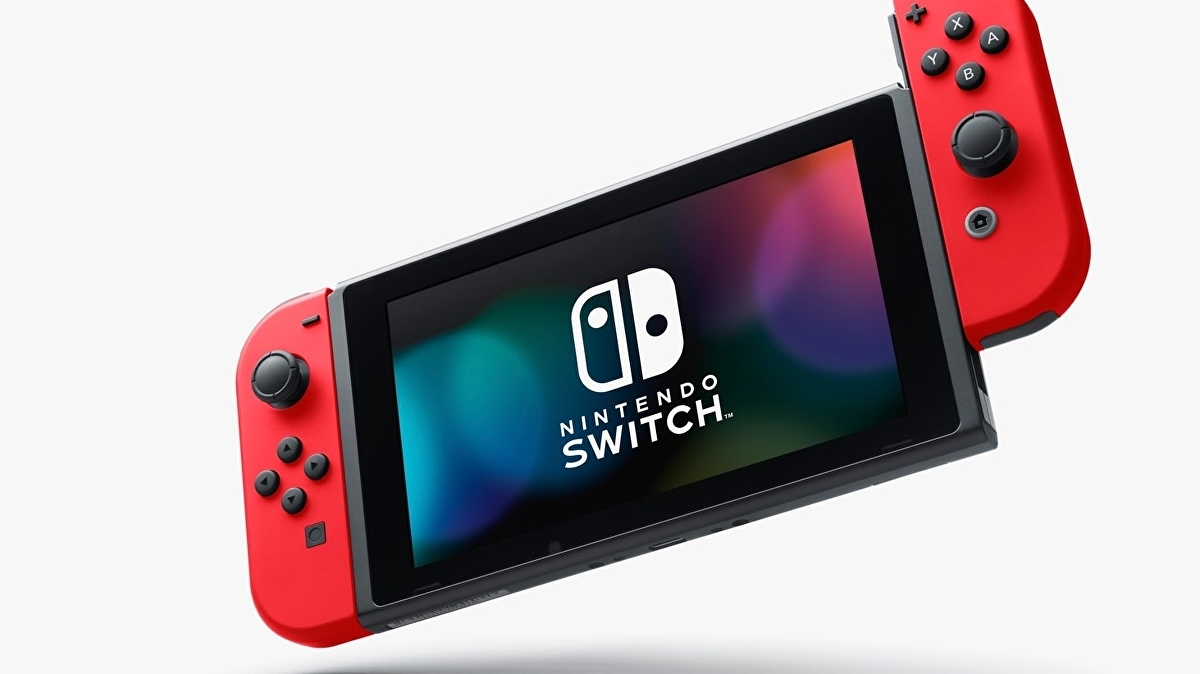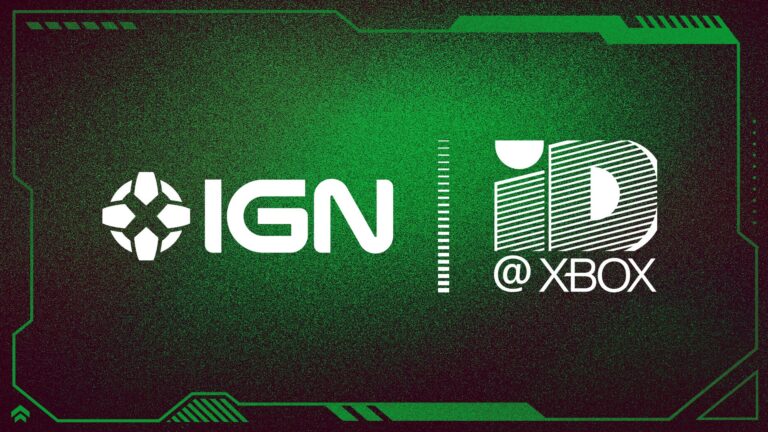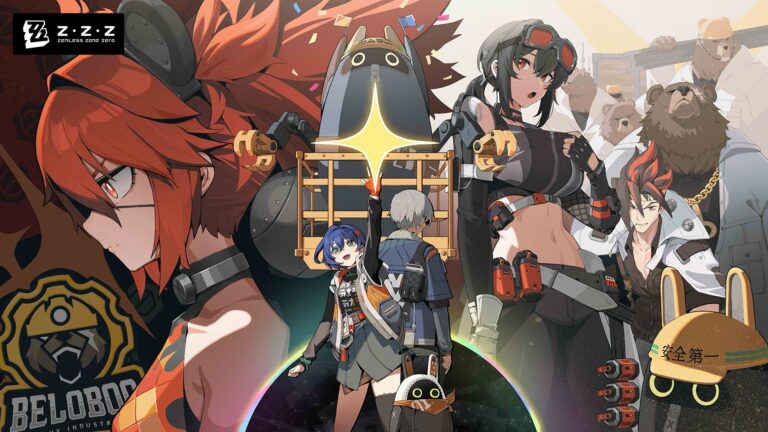Though yet to be revealed or detailed at all, Nintendo’s newest update to their innovative Switch console is the talk of many Nintendo fans as time gradually pulls closer to E3. Leakers and business insiders have talked about a myriad of details regarding what sort of upgrades a Switch Pro console could potentially have. Speculations range from a souped-up dock mode, 4K-resolution scaling, and 1440p visuals.
If the rumored console is indeed dropping soon, here are some Quality-of-Life (QoL) improvements we would like to see over the Switch’s current iteration.
3. Sturdier Built-In Stand
One of the Nintendo Switch’s main selling points (as well as its most advertised aspect) was its mobility and convenience over traditional home consoles. As technology and hardware grew more sophisticated to handle current and future generation needs, gaming consoles grew bulkier and heavier to accommodate the power required to render, run, and play demanding titles. Portability wasn’t exactly a feature Microsoft or Sony capitalized on when pitching their machines.
The Nintendo Switch stood in stark contrast to the Xbox One and Playstation 4 with its lightly demanding dock setup and handheld variability. Companies may have released smaller versions of consoles (like the PS4 Slim) to appease gamers who cared about a console’s physical space and weight, but nothing to the likes of the Switch’s dual modes of operation has ever been released mainstream. Where the Switch could not compete in terms of hardware capability, it would instead reign supreme in ease of portability and sheer convenience of use.
When not docked, the Switch has two modes of gaming. One method via handheld and the other via built-in stand, the former meant for single-player experiences with the latter mostly used for on-the-go multiplayer games.
When not taking battery life, occasional choppy frame rates, and grainier resolution into account, the Switch’s handheld experience is sublime. The ability to play Breath of the Wild or Smash Ultimate from the comfort of a bed without having to crane one’s neck to peer at a monitor or television is truly something to praise.
However, for a console that promoted on-the-go play for whenever and wherever, its built-in stand was incredibly lackluster. Only able to be set to a certain degree and outwardly very flimsy, the Switch’s current built-in stand fails to live up to expectations. It is next to impossible to set it upright on anything that isn’t a completely hard surface, often crumpling in on itself and threatening to snap off. It gives the impression that the stand was more of an afterthought during production rather than an intended feature.
The upgraded Switch Pro is definitely going to continue going down the direction of docked and console play, which means that it too will come with some sort of stand built into it. The current stand is no bigger than a stick of gum in plastic form. A future replacement should try to be a bit larger and sturdier to support more types of surfaces the Switch can be placed on, whether it be the hard surface of a desk, an armrest of a sofa, or the seat of a couch.
To avoid the stand from collapsing or folding in on itself, it could also come with a support folding latch that would prevent it from closing unless unlatched. The only challenge a reinforced stand would have for the console is still trying to maintain unobtrusiveness during handheld use. A thicker stand may mean a bulkier console to hold onto while playing, but at the same time, it will be one that actually works as intended instead of the glorified fidget toy that is its current incarnation.
2. Switch Pro Bluetooth Support
When people think of mobile devices and related accessories, wireless bluetooth devices often come to mind. Unlike their wired counterparts, bluetooth devices offer tangle-free experience that promotes a free range of movement throughout use, not to mention completely avoiding wire-related malfunctions and breakages. The fact that the Switch, a console that heavily promotes handheld mobile play, does not have any built-in bluetooth support is ridiculous.
Even non-portable home consoles offered certain varying degrees of support. The Switch, outside of auxiliary non-official adapters and dongles and console homebrewing and modding, offers null. That is not to say that the current Switch has absolutely nothing regarding bluetooth. The console firmware reports indicate that bluetooth functionality exists for the console, used between the system and its controllers, but nothing audio-related.
Dataminers of more recent firmware updates have found references to audio support but nothing about actual confirmation if bluetooth audio support will ever be added in the future.
Bluetooth support provides comfort and convenience to not just handheld users but docked players as well. It is another hardware aspect that Nintendo needs to catch up on when compared to its peers, one that can easily be achieved.
1. Joy-Cons Drift Fix
The Switch’s Joy-Cons are a divisive pair of controllers. They’re compact, portable, and easy to store when owning multiple pairs. However, because of their small size, they can be finicky to use, inducing cramps and hand-related pains for people whose hands cannot comfortably hold the Joy-Cons. Some people have bigger hands than others and that isn’t something one can blame Nintendo for.
However, what is universal about Joy-Cons, what almost every user has experienced and can agree upon, is that Joy-Con drift is one of the worst things about the player experience.
Whether it be for games that require precise inputs or more casual games, few things feel quite as aggravating as having one’s in-game movement and inputs be inhibited by factors outside of the game–and this problem is one that persists even beyond gameplay, assaulting users simply trying to navigate the UI and console main menus. The problem has gotten so prevalent and invasive that Nintendo has an entire support staff dedicated to dealing with customers coming in with Joy-Con drift issues.
What exactly causes drift within the Joy-Cons has not been explicitly explained by Nintendo, though users and tech-heads have come up with a few theories. The top explanations are:
- Dust or debris getting caught under the analog stick’s rubber cap.
- Overuse of analog sticks wearing down the hardware within the controller.
- A combination of these factors.
- None of the above.
Though Nintendo announced that it will continue to assist people who have problems with drift, the company hasn’t changed the way the controllers are produced. Thus these issues continue to crop up among users, new and old. It has gotten to the point that lawsuits are being filed against Nintendo for the defective nature of its controllers.
It is in Nintendo’s best interest to find a way to redesign the inner workings of the controllers to prevent drift from happening so frequently. The Joy-Cons may be cutesy, innovative pieces of hardware but when a device more often hampers a user’s experience than not, something must be done.
The updated Switch Pro should also come with updated Joy-Cons to match. It would certainly be a breath of fresh air after years of drifting controllers and another worry off our list.
The Switch Pro is rumored to be released later this year. Hopefully, it’ll make the changes in all the right directions.
Stay tuned at Gaming Instincts via Twitter, YouTube, and Facebook for more gaming news.
No related posts.






